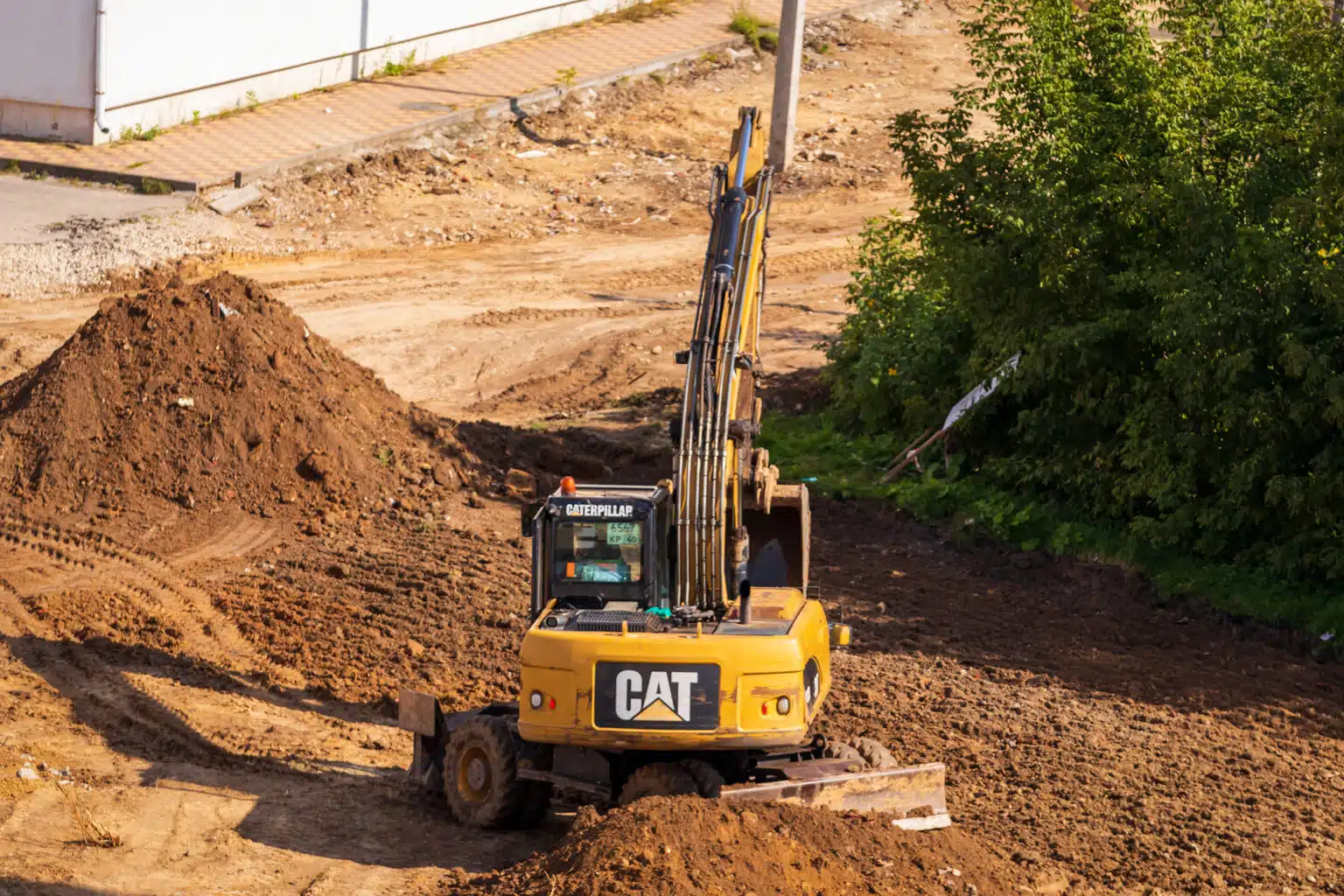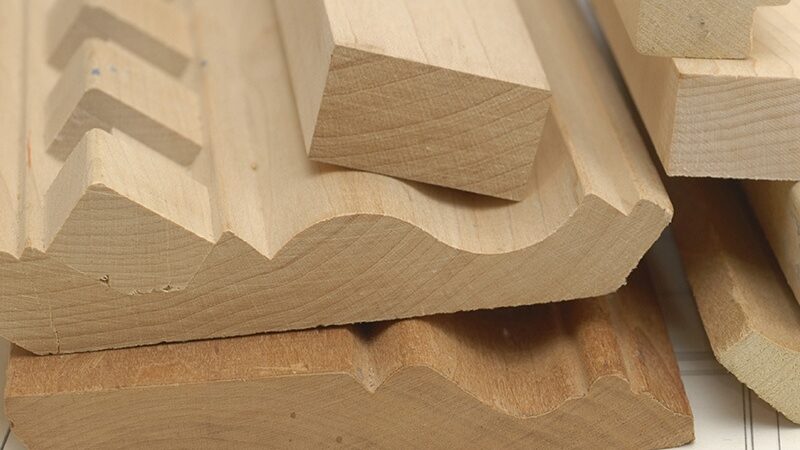Siteworks: A Comprehensive How-To for Beginners

Every construction project starts with the ground. Before you can build a home, a road, or even a driveway, you need to prepare the site. This process is called siteworks. It’s the essential first step that sets the stage for everything else.
For beginners, siteworks may sound confusing. But when broken down, it’s just a series of steps that make land ready for building. In this guide, we’ll go through what siteworks means, why it’s important, and how it’s done.
What Is Siteworks?
Siteworks refers to all the work done on a piece of land before construction starts. It includes clearing, digging, leveling, and installing basic services.
Think of it as setting the table before the meal. If you don’t prepare the land properly, the construction project will face problems later. Good siteworks ensures the ground is stable, safe, and ready for the build.
Why Siteworks Matters
Many people think construction starts with walls or foundations. In truth, it starts with the soil beneath. Without proper site preparation, you may face water pooling, soil erosion, or cracked foundations.
Siteworks creates a solid base. It ensures the building stands straight and lasts long. It also helps water drain properly and makes sure utilities like power and plumbing can be installed safely.
The Main Steps in Siteworks
Let’s break down the common stages:
- Site clearing – Removing trees, rocks, old structures, and debris.
- Surveying – Measuring land and marking boundaries.
- Excavation – Digging for foundations, driveways, or drainage.
- Grading – Leveling and shaping the land.
- Compaction – Pressing the soil to make it stable.
- Installing services – Laying pipes, drains, and cables underground.
Each of these steps plays a role in ensuring the project runs smoothly. Skipping even one can create costly issues later.
Tools and Machines Used in Siteworks
Most siteworks projects use heavy machinery. Here are some common tools:
- Excavators for digging trenches and foundations.
- Bulldozers for pushing and clearing large areas.
- Graders for leveling surfaces.
- Compactors for pressing soil down firmly.
- Dump trucks for moving soil, gravel, or debris.
These machines save time and make sure the work is done right. Smaller projects may only need basic tools, but larger sites always require machinery.
Safety in Siteworks
Working with soil and heavy machines is risky. Safety must come first. Good companies train their workers, follow safety codes, and secure the site with barriers and signs.
For homeowners or beginners, it’s never smart to attempt large siteworks jobs alone. Always call professionals who know how to handle risks like soil collapse, underground utilities, or flooding.
Siteworks for Different Projects
Not all siteworks is the same. It depends on the project:
- Residential: Prepping land for homes, driveways, or swimming pools.
- Commercial: Clearing large areas for offices, stores, or warehouses.
- Infrastructure: Shaping land for roads, bridges, and public utilities.
- Landscaping: Small-scale siteworks for gardens, patios, or outdoor spaces.
Each type has its own process, but the basic goal is the same—prepare land so it’s ready to support the project.
How Weather Impacts Siteworks
Weather plays a big role. Rain can delay excavation, snow can freeze soil, and storms may cause erosion.
Good contractors plan around weather. They use protective measures like drainage systems or covering soil with tarps. This prevents damage and keeps projects on schedule.
Common Problems Without Proper Siteworks
Skipping proper siteworks may save time at first, but it often leads to expensive repairs later. Common issues include:
- Foundations cracking or sinking.
- Flooding or water damage.
- Uneven driveways or parking lots.
- Soil erosion that weakens structures.
Proper preparation avoids these headaches and protects your investment.
How to Choose the Right Siteworks Contractor
Picking the right team is crucial. Here are tips:
- Look for experience – a good history shows they know what they’re doing.
- Check licenses and insurance – always hire professionals.
- Ask for references and past work – see if their projects match your needs.
- Get a clear quote – transparency helps avoid surprise costs.
A trustworthy contractor will be open about timelines, prices, and safety measures.
Siteworks and Sustainability
Modern siteworks also focuses on the environment. Companies now use eco-friendly methods like recycling materials, reducing waste, and managing water runoff properly.
This not only protects nature but also creates healthier and longer-lasting projects.
Cost of Siteworks
The price depends on many factors:
- Size of the land.
- Type of soil.
- Amount of clearing needed.
- Services like drainage or utility installation.
Most contractors give free estimates. It’s always smart to compare quotes before deciding. Don’t just pick the cheapest option—look at quality and reliability too.
DIY vs. Professional Siteworks
Some people wonder if they can handle siteworks on their own. For very small landscaping jobs, maybe. But for larger projects like building a home, professional help is a must.
Pros have the right machines, skills, and knowledge to get it done safely and quickly. Trying to do it yourself can cause mistakes that cost much more to fix later.
Future-Proofing with Siteworks
Good siteworks doesn’t just prepare for today. It protects your property for years. By ensuring strong foundations, proper drainage, and level land, you reduce the risk of future repairs.
It’s an investment that pays off over time by avoiding costly damage.
Final Thoughts
Siteworks may not seem exciting, but it’s the backbone of every successful building project. It shapes the land, manages water, and sets the stage for strong foundations.
If you’re a beginner, the key is simple: don’t skip it, and don’t cut corners. Hire professionals who can do the job right. With proper siteworks, your project stands on solid ground—literally.
FAQs
1. What does siteworks include?
It includes clearing, excavation, grading, compaction, and installing underground services.
2. How long does siteworks take?
It depends on the project size. Small jobs may take days, while large sites may take weeks.
3. How much does siteworks cost?
Costs vary based on land size, soil type, and services needed. Most contractors provide free estimates.
4. Can I do siteworks myself?
Small landscaping tasks may be DIY, but for larger projects, always hire professionals.
5. Why is siteworks important?
It ensures the ground is safe, stable, and ready for building, preventing problems later.



